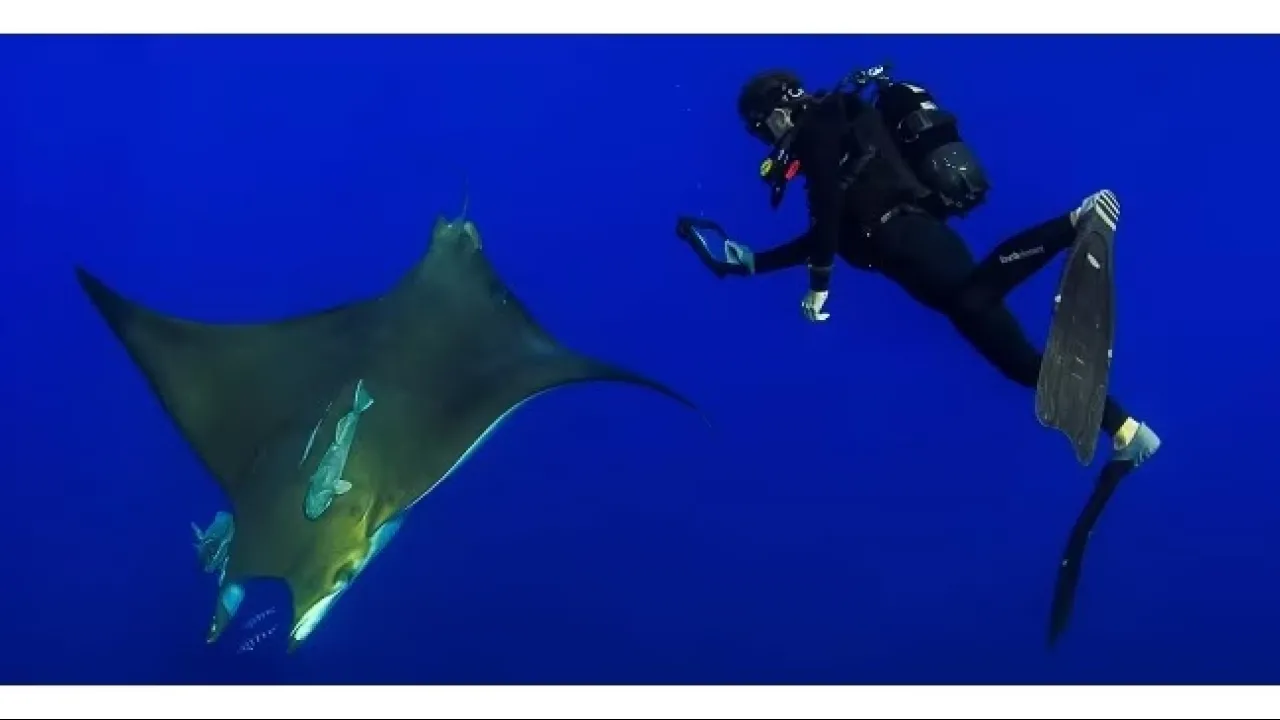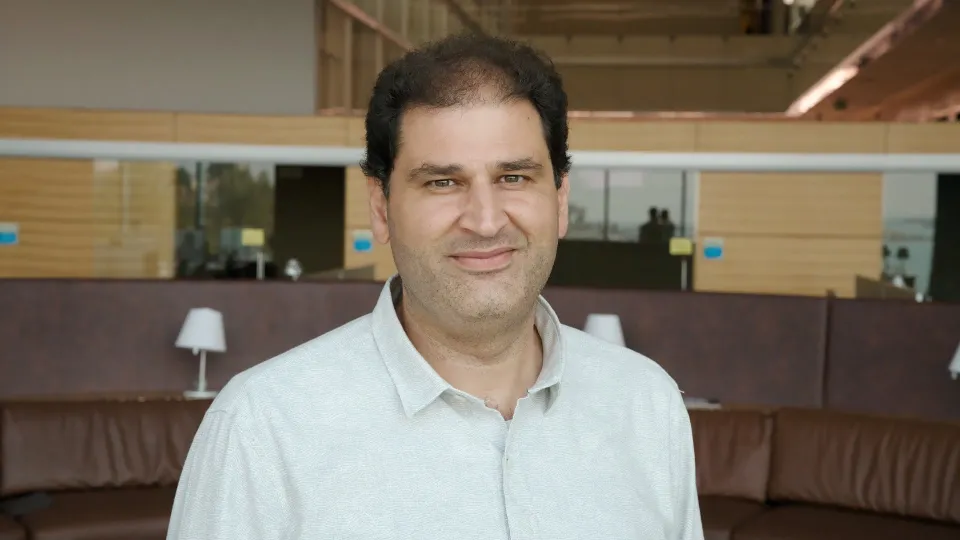
Smart technology shows where we're at
A combination of state-of-the-art sensors and standardized data analysis will transform research for tracking animals and humans.
About
Tracking technology to monitor the movement of animals, birds and humans can provide invaluable insights into behavior, habitat-use and migration patterns. Researchers at KAUST are forging a path towards integrated, standardized analysis of the big datasets generated by the study of "movement ecology" while honing the design of "biologging" sensors used for such studies.
Satellite tracking of individual creatures has been a key tool for ecological and biological researchers since the 1990s. On an immediate timescale, tagging can provide high-resolution data on a creature’s daily habits, how it behaves and how it uses its habitat. For a far broader overview, tracking over years and decades can provide a comprehensive picture of the behavior of a species - for instance, by mapping patterns of dispersal and migration. These biologging projects can also help scientists examine the longer-term impacts of climate change and other extreme events on land and in the oceans.
After years of tracking marine creatures and monitoring ocean ecosystems, Carlos Duarte, a professor in KAUST’s Red Sea Research Center, realized the potential of the big datasets in his field. Taking inspiration from recent advances in human tracking devices and the associated analytical techniques, Duarte now has a clear plan for the future of biologging in the oceans.
“Last year I helped organize an international, interdisciplinary workshop that brought together researchers in marine biologging and data scientists working on human mobility,” said Duarte. “Our aims are twofold: to apply analytical techniques from human tracking to the big data generated in ocean research and to reinvigorate research and development to update the sensors used for animal biologging.”
Read the full article
